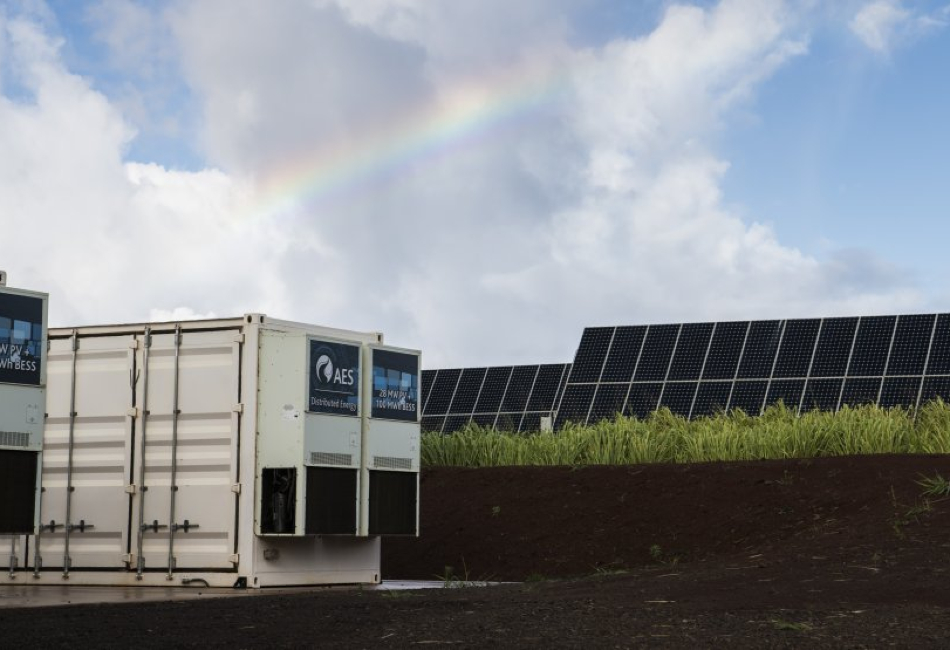Solar energy has emerged as a sustainable and environmentally friendly source of electricity. Nevertheless, its intermittent nature, dependent on sunlight, challenges continuous power supply. Solar energy storage, an integral component of the renewable energy ecosystem, addresses this challenge by allowing excess energy generated during sunny periods to be stored and used when the sun is not shining. We will explore the concept of solar energy storage, its various technologies, and its pivotal role in the transition to a clean energy future.
Concept of solar energy storage
-
The Need for Solar Energy Storage
Solar panels generate electricity when exposed to sunlight, making them an excellent source of clean energy. However, solar energy generation is subject to daily and seasonal variations and weather conditions. During peak sunlight hours, solar panels often produce more energy than is immediately needed, leading to energy wastage if not harnessed efficiently. Conversely, at night or during cloudy days, solar panels produce little to no electricity. Solar energy storage bridges this gap by capturing surplus energy when it is abundant and releasing it when needed. This helps stabilize the power grid, reduces reliance on fossil fuels for backup power, and ensures a steady electricity supply.
-
Battery Energy Storage Systems (BESS)
Battery Energy Storage Systems (BESS) are among the most widely utilized and versatile technologies for accumulating solar energy. BESS stores surplus electricity generated by solar panels in rechargeable batteries for later use. These systems are characterized by their scalability, efficiency, and rapid response time, making them suitable for diverse applications. BESS can be deployed in residential, commercial, and utility-scale settings. In residential installations, homeowners can use solar batteries to store excess solar energy and power their homes during the evening or when the sun is not shining. On a larger scale, utility companies utilize BESS to stabilize the grid, lessen peak demand, and enhance the integration of renewable energy sources.
-
Pumped Hydro Storage
Pumped hydro storage is a well-established technology utilized for large-scale energy storage. It implicates using excess solar energy to pump water from a lower reservoir to an upper reservoir during sunny hours. When electricity is needed, the stored water is released from the upper reservoir, flowing downhill and driving turbines to generate electricity. This technology is highly efficient and can store large quantities of energy. However, it requires specific geographic conditions, including access to elevated terrain and substantial water resources, making it less suitable for all locations.
-
Thermal Energy Storage
Thermal energy storage is a method of storing solar energy in the form of heat. Solar thermal systems collect sunlight and convert it into heat, which can then be stored in insulated tanks or materials such as molten salt. When electricity is demanded, the stored heat can be utilized to generate steam and drive turbines to assemble electricity. Thermal energy storage is particularly valuable in concentrated solar power (CSP) plants, where large-scale mirrors concentrate sunlight onto a central receiver to produce high-temperature heat. The ability to store and release this heat permits CSP plants to generate electricity continuously, even during the night or cloudy periods.
-
Flywheel Energy Storage
Flywheel energy storage systems store energy by spinning a heavy rotor at high speeds in a vacuum or using magnetic levitation. When excess solar energy is available, the rotor accelerates, storing the energy as kinetic energy. When electricity is needed, the flywheel’s kinetic energy is converted back into electricity by slowing down the rotor, driving a generator. Flywheel energy storage systems propose fast response times and high efficiency, making them suitable for applications where quick bursts of power are required. They are commonly used in uninterruptible power supply (UPS) systems and for grid stabilization.
-
Compressed Air Energy Storage (CAES)
Compressed Air Energy Storage (CAES) systems store surplus solar energy by compressing air into underground caverns or containers. When electricity is required, the compressed air is released and expanded through turbines to generate electricity. CAES is an efficient technology for large-scale energy storage but is limited by the availability of suitable underground storage sites. Additionally, it may require careful management to stem air leaks and maintain system efficiency.
-
Capacitor Energy Storage
Capacitor energy storage also comprehended as supercapacitors or ultracapacitors, stores energy in an electrostatic field. Unlike batteries, capacitors can charge and discharge rapidly and have a longer cycle life. They are often used for short-term energy storage and can provide bursts of power when needed, making them suitable for applications such as electric vehicles and renewable energy integration.
Solar energy storage is a pivotal component of the transition to a sustainable and renewable energy future. It addresses the intermittency of solar power generation, furnishes stability to the grid, and enhances the value of solar energy systems. With technological advancements and decreasing costs, solar energy storage is becoming more accessible and attractive for residential, commercial, and utility-scale applications. As the world seeks cleaner and more reliable energy sources, the role of solar energy storage will grow, contributing to a greener and more sustainable planet. North Carolina solar incentives have spurred a surge in solar installations across the state, promoting renewable energy adoption and reducing the carbon footprint.

